The Real Deal on ‘Lucky’ Plants (And How Not to Kill Them)
More Than Just Greenery: Why Some Plants Feel Special
I’ve spent decades with my hands in the dirt, working with everything from giant corporate lobbies to tiny greenhouse seedlings. Early on, a project completely changed how I see houseplants. It wasn’t just about finding a nice-looking plant for a corner; it was about finding a plant that meant something. It was a quest for a living symbol of prosperity, and it opened my eyes to a world where plants are woven into cultural traditions like Feng Shui, representing hope, wealth, and well-being.
In this article
It’s easy to wave this off as just superstition, but I’ve come to see it differently. The simple act of caring for a living thing—observing it, watering it, watching it grow—forces you to be patient and mindful. Those actions alone cultivate a more positive mindset. A vibrant, thriving plant literally brings life into a room and even cleans the air you breathe. Its success is a direct reflection of your care. So in a very real way, the “luck” it brings is the positive environment you create together.
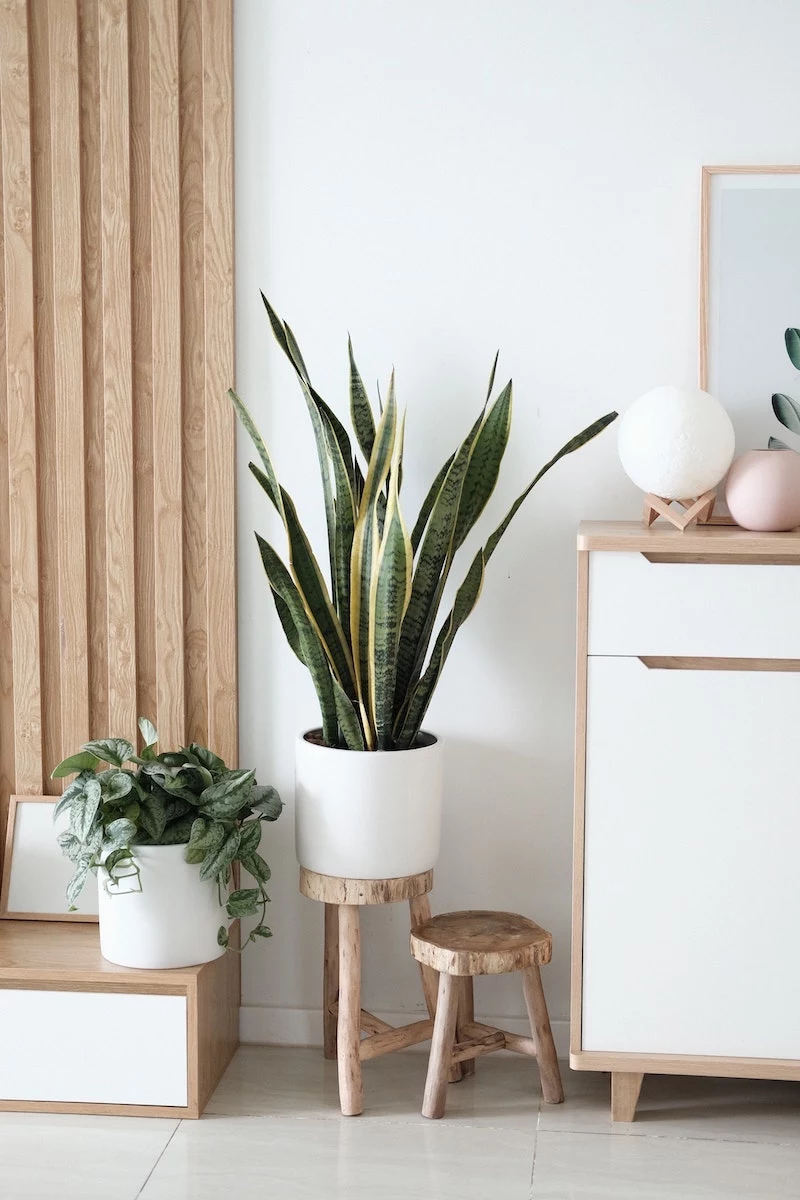
This guide blends those cool cultural ideas with the practical, hands-on knowledge you need to help these plants actually flourish. Because let’s be honest, a sad, dying plant isn’t bringing good vibes to anyone.
First Things First: Which ‘Lucky’ Plant Is Right for You?
Before you run out to the store, let’s quickly figure out which plant fits your life. It’s a disaster to bring home a plant that’s doomed from the start because your apartment is too dark or you have a curious cat.
Here’s a quick rundown to help you choose:
- Easiest for Beginners: If you’re new to this or tend to forget you even own plants, go for the Snake Plant. It’s incredibly tough and thrives on neglect. You can’t go wrong.
- Pet-Safe Picks: Got a furry friend who likes to nibble? Play it safe with a Money Tree or a Chinese Money Plant (Pilea). Both are non-toxic.
- Heads Up for Pet Owners: Be careful with the Jade Plant, Lucky Bamboo, and Snake Plant. All of them are toxic to cats and dogs if ingested, so keep them well out of reach.
- For That Sunny Window: If you’ve got a spot that gets blasted with sun, the Jade Plant will absolutely love you for it. It craves bright, direct light.
- For Dimmer, Sadder Corners: Don’t despair! The Snake Plant and Lucky Bamboo are your best bets. They are champs at tolerating lower-light conditions where other plants would give up.
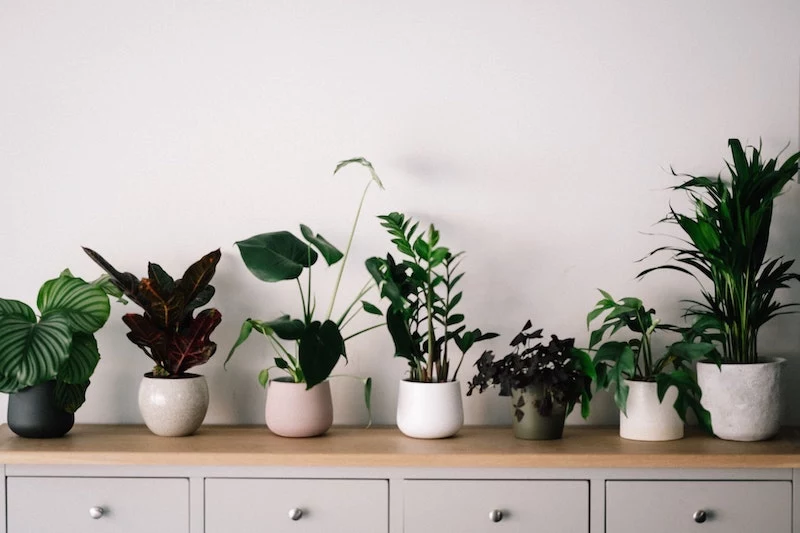
A Pro’s Guide to Famous ‘Good Fortune’ Plants
Alright, let’s get into the details. I’ll give you the real-world care techniques for the most popular plants of fortune, explaining the ‘why’ behind the methods so you can think like a plant person.
1. The Money Tree (Pachira aquatica)
This is probably the most famous wealth-attracting plant out there. That cool braided trunk, by the way, was an innovation from a clever grower to make them more visually appealing. The five leaves often seen on a stalk are said to represent the five elements of balance: wood, water, fire, earth, and metal.
How to Keep It Thriving:
- Light: Bright but indirect light is the sweet spot. Think of an east-facing window. Too much direct sun, especially from a hot west-facing window, will scorch its leaves, leaving crispy brown spots.
- Watering: This is where everyone messes up. I’ll admit, early in my career, I drowned a prized Money Tree because I thought its native wetland habitat meant it wanted to be in a swamp. The root rot was swift and humbling! The key is the “drench and dry” method. Water it thoroughly until water runs out the bottom, dump the extra water from the saucer, and then let the top 2-3 inches of soil get completely dry before you water again. In most homes, that’s about every 1-2 weeks.
- Quick Tip: Use a cheap wooden chopstick or skewer. Shove it all the way into the soil. If it comes out clean and dry, it’s time to water. If it has damp soil stuck to it, give it a few more days.
- Cost: Expect to pay around $20-$30 for a small one at a place like Home Depot, and anywhere from $50-$80 for a larger, more established tree at a local nursery.
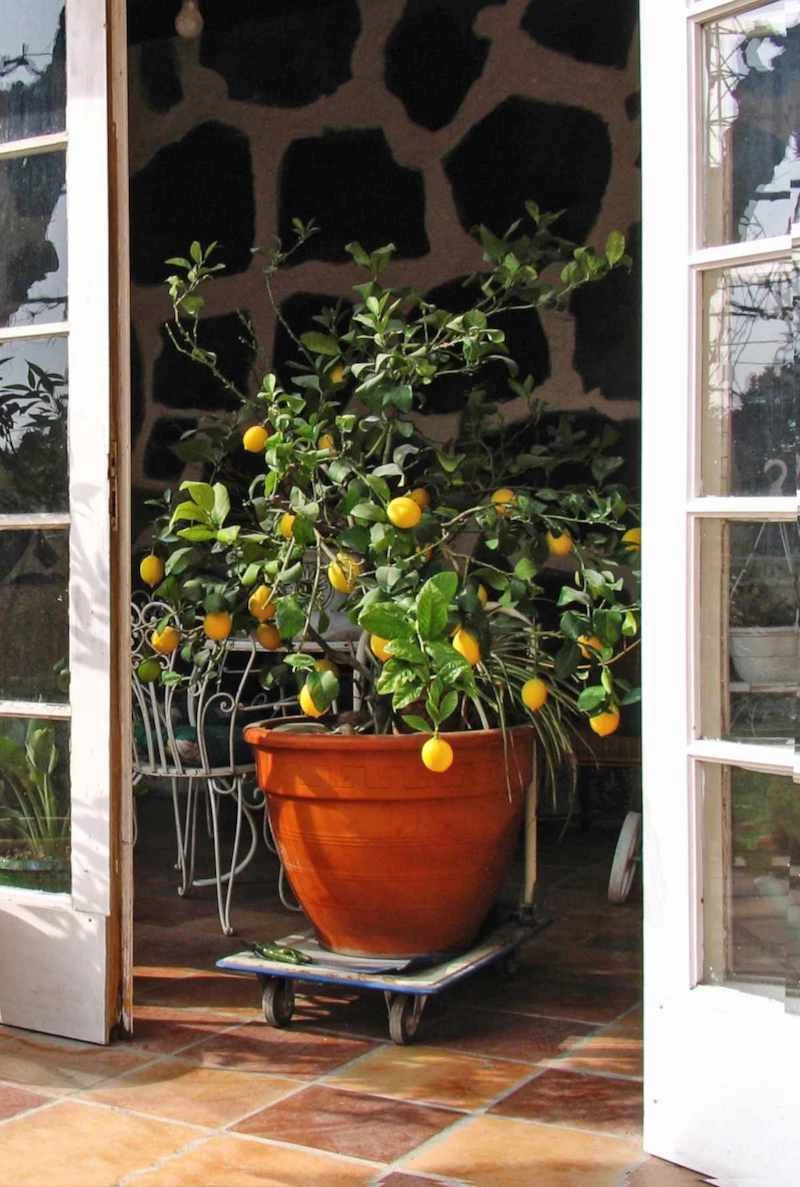
2. The Jade Plant (Crassula ovata)
A true classic. With its thick, round, coin-like leaves, the Jade Plant is a powerful symbol for wealth. I have a massive, gnarled one that was passed down from my mentor; it’s a living testament to how resilient they are. When placed by an entrance, it’s thought to welcome success.
How to Keep It Thriving:
- Light: Jades are sun-worshippers. They need at least 4-6 hours of direct sun a day to be truly happy. A south-facing window is perfect. If it’s not getting enough light, it’ll get ‘leggy’—stretching out with lots of space between the leaves. A happy Jade plant will even get beautiful red tips as a sign of good sun stress.
- Watering: This is a succulent, so it stores water in its leaves. Overwatering is its kryptonite. Let the soil dry out completely. The leaves will tell you when they’re thirsty—they’ll go from firm and plump to slightly soft or wrinkled.
- Pro Tip: It’s super easy to make more Jade Plants! Just snap off a leaf or a small stem, let the cut end dry out for a day or two, and then lay it on top of some soil. It will grow new roots all on its own. Gifting a new plant you’ve grown yourself is considered a wonderful way to share good fortune.
- Safety Warning: Remember, this one is toxic to cats and dogs.
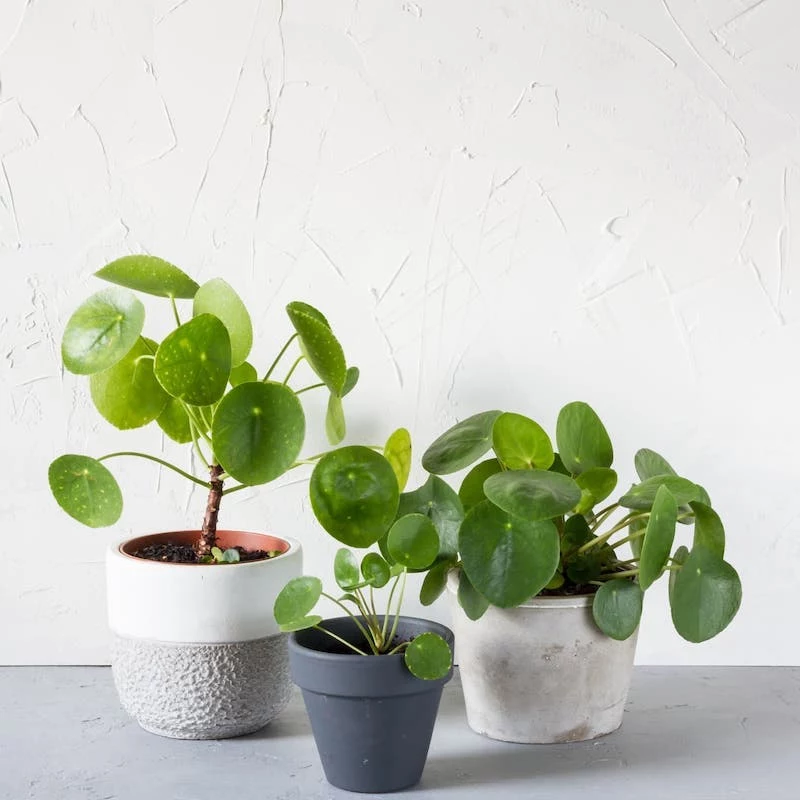
3. Lucky Bamboo (Dracaena sanderiana)
First, let’s clear something up: this isn’t bamboo at all! It’s a type of Dracaena that just happens to look like it. Its resilience and simple beauty have made it a global symbol of luck and a super popular gift for new homes and businesses.
Oh yeah, the number of stalks has different meanings. Two for love, three for happiness and wealth, and so on. The only number to avoid is four, as it sounds like the word for ‘death’ in some languages. I’ve seen clients request elaborate 21-stalk arrangements for an ultimate blessing!
How to Keep It Thriving:
- Water vs. Soil: You can grow it in water or soil. If you choose water, use filtered or distilled water. It’s very sensitive to the chemicals in tap water, which will cause yellow leaves and brown tips. Change the water weekly. If you have it in a clear vase, you’ll eventually get some algae—it’s not harmful, just ugly. An opaque vase prevents this.
- Light: It’s happy with bright, indirect light but is famous for tolerating low-light spots, making it perfect for offices and hallways. Keep it out of direct sun.
- Safety Warning: Also toxic to pets, so be mindful of placement.
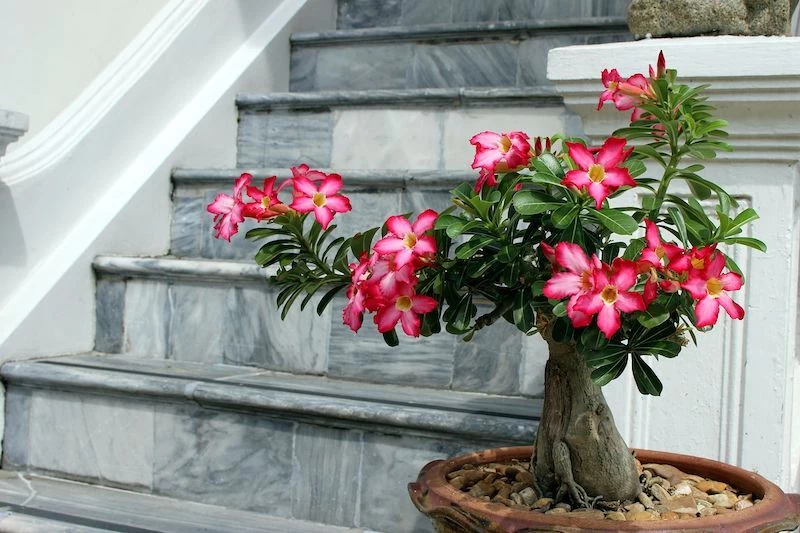
4. The Chinese Money Plant (Pilea peperomioides)
This plant is just pure charm. With its flat, round, pancake-like leaves, it’s easy to see why it’s a symbol for financial luck. It’s also called the “pass-it-on-plant” because it sprouts little babies, or “pups,” right from its base, making it easy to share.
How to Keep It Thriving:
- Light: Bright, indirect light is a must. To keep its cool, symmetrical shape, you have to rotate it every few days, or it will lean dramatically toward the window.
- Watering: Let the top inch of soil dry out. The leaves will droop just a little bit when it’s thirsty, which is a fantastic visual cue.
- Sharing the Wealth: When a pup is 2-3 inches tall, you can gently separate it from the mother plant with a clean knife and pot it up. Giving these away to friends is a modern way to spread good fortune.
- Cost & Safety: These are usually affordable, around $15-$25 for a nice one in a 4-inch pot. And good news—it’s totally safe for pets and kids!
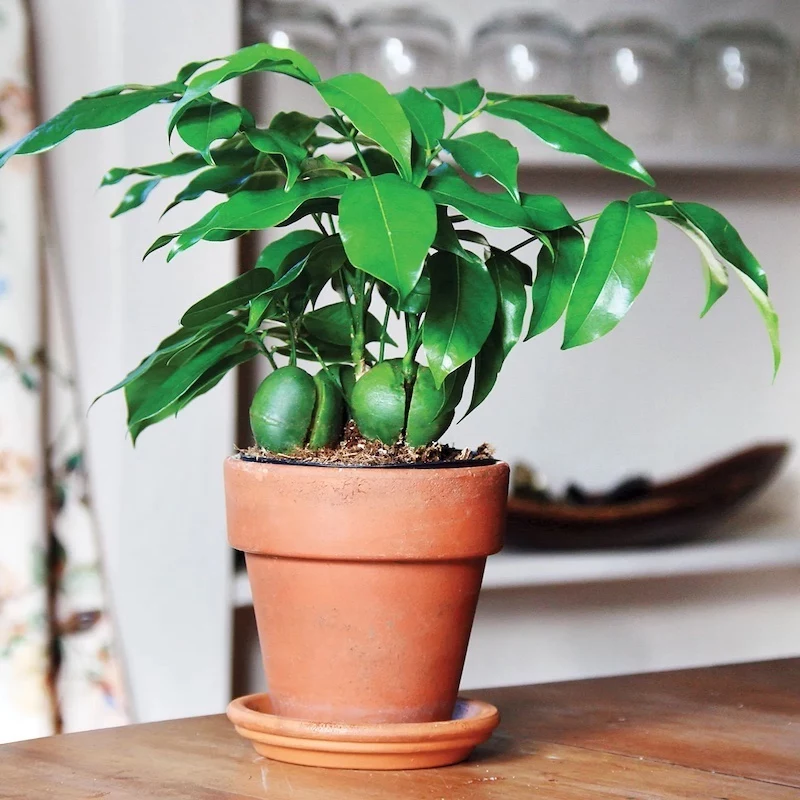
5. The Snake Plant (Dracaena trifasciata)
With its sharp, upright leaves, the Snake Plant is seen as a protector. Its sword-like shape is thought to cut through negative energy and guard the home. Its sheer toughness also symbolizes perseverance. This is my top recommendation for any beginner.
How to Keep It Thriving:
- Light: Famous for tolerating low light, but it actually prefers medium to bright indirect light to really look its best.
- Watering: The number one way to kill this plant is by overwatering it. Seriously, just forget about it. Water it only when the soil is bone dry, which might be once a month or even less in the winter.
- Health Perk: It’s a rockstar air purifier. It’s especially great for bedrooms because, unlike most plants, it releases oxygen at night.
- Safety Warning: It’s mildly toxic if eaten, so keep it away from plant-chewing pets or kids.
A Beginner’s Shopping List to Get Started
Feeling ready? You don’t need a lot of fancy gear. Here’s a basic shopping list that will cover almost any of these plants.
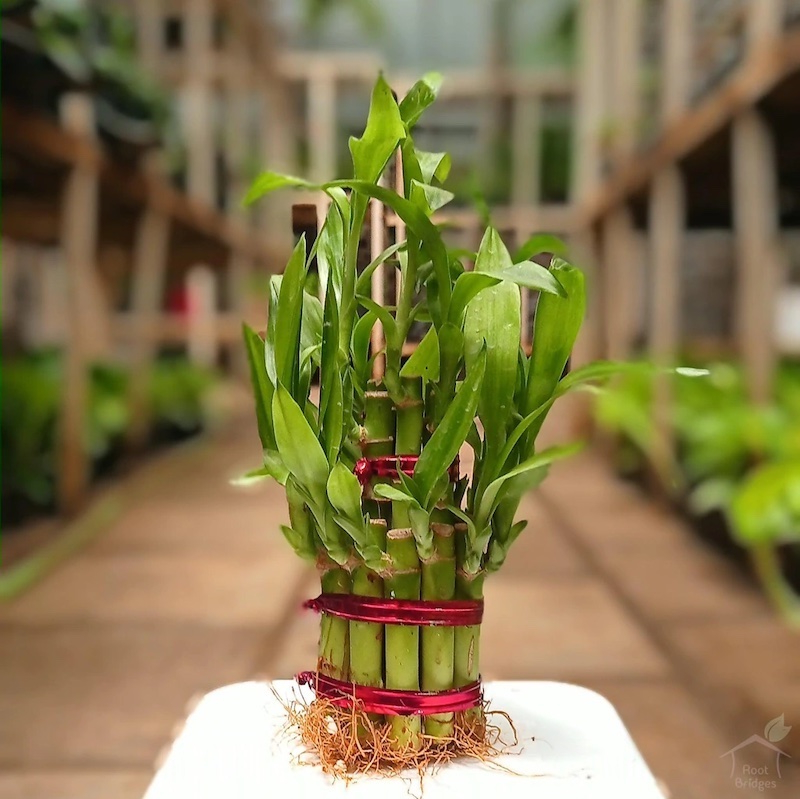
- A Good Potting Soil: A standard all-purpose indoor mix is perfect. A decent-sized bag will cost you about $10.
- Perlite or Pumice: This is the secret to good drainage. Mix a few handfuls into your soil to keep roots from getting waterlogged. A bag is about $10 and will last you forever.
- A Liquid Fertilizer: Get a balanced, all-purpose liquid houseplant food (look for one with numbers like 10-10-10). A bottle costs around $12 and is essential for the growing season (spring/summer).
That’s it! For under $35 in supplies, you’re set to be a fantastic plant parent.
Where You Put Your Plant Matters
According to Feng Shui principles, the southeast area of your home is the “wealth corner,” making it a traditional spot for a Money Tree or Jade Plant. The entrance is great for a protective Snake Plant. But here’s the most important rule: always put the plant’s health first.
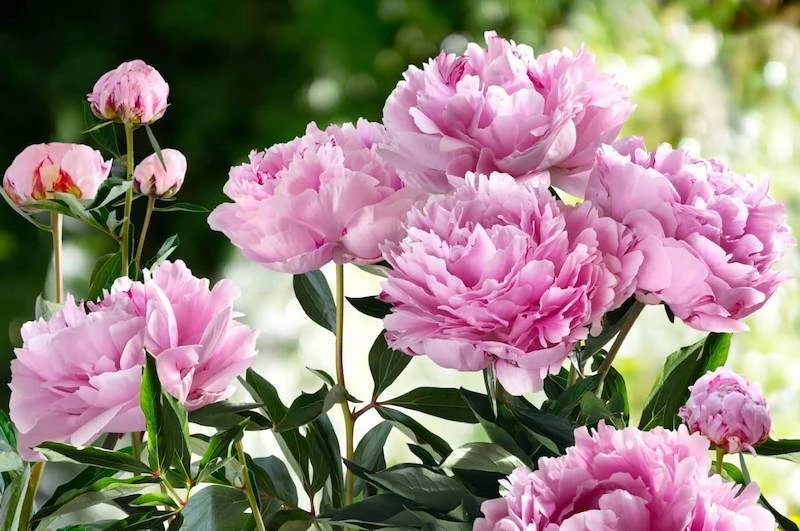
But what if your wealth corner is a dark, windowless nook? Please, don’t sacrifice a plant for superstition! A dying plant creates stagnant, negative energy—the opposite of what you want. A much better move is to place the plant where it will actually thrive, and put a symbol of growth—like a beautiful photo of a lush forest or even a high-quality faux plant—in that corner instead. It’s the intention that counts.
My Final Thoughts
After all these years, I’m convinced the best “luck” these plants bring is the sense of joy and calm they foster in us. The simple ritual of checking the soil, giving a thirsty plant a drink, and spotting a new leaf unfurling connects us to the natural world in a powerful way.
So pick a plant that speaks to you. Learn its language—the way it droops when it’s thirsty or leans toward the sun. When you nurture a plant and it thrives in your care, you’re creating your own little pocket of good fortune. And that’s a pretty amazing thing.
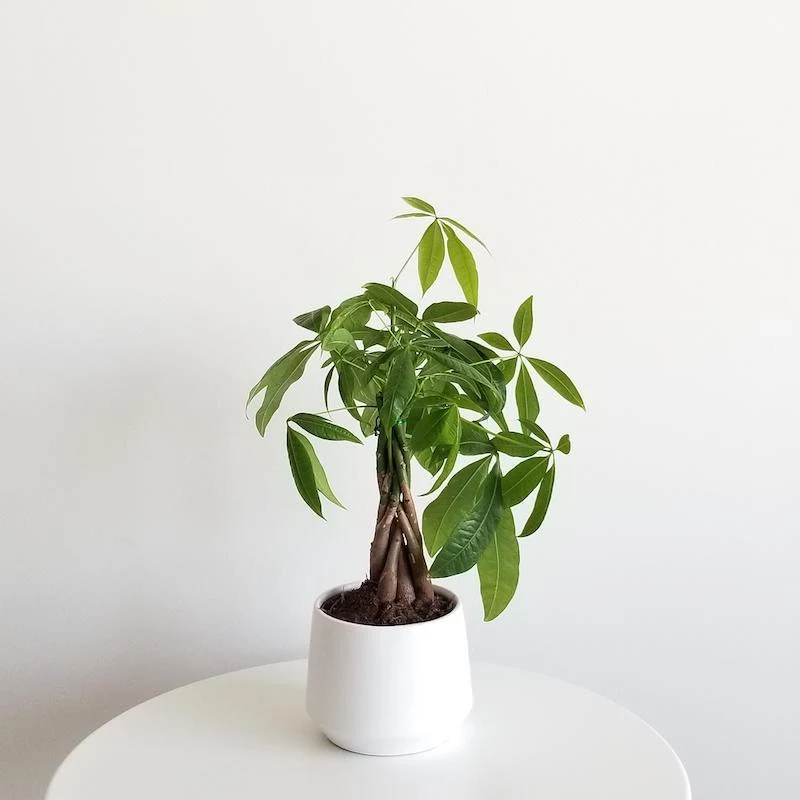
Inspirational Gallery
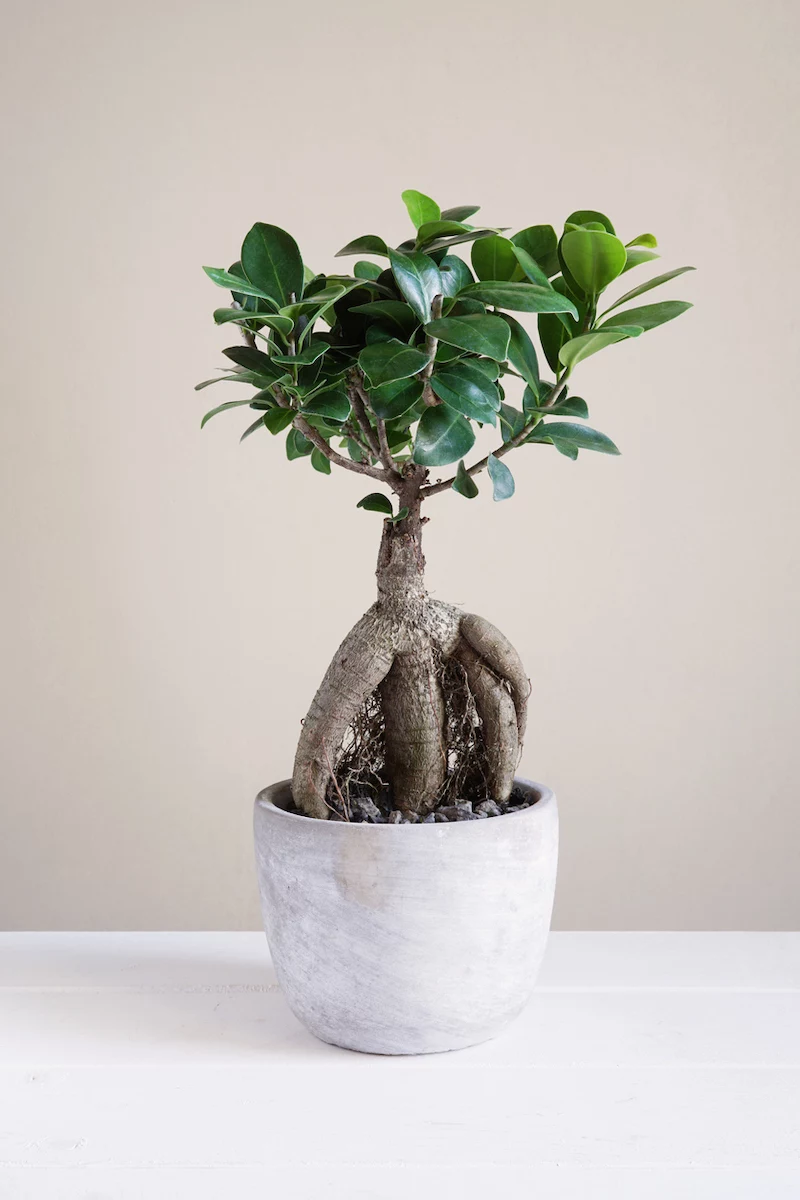
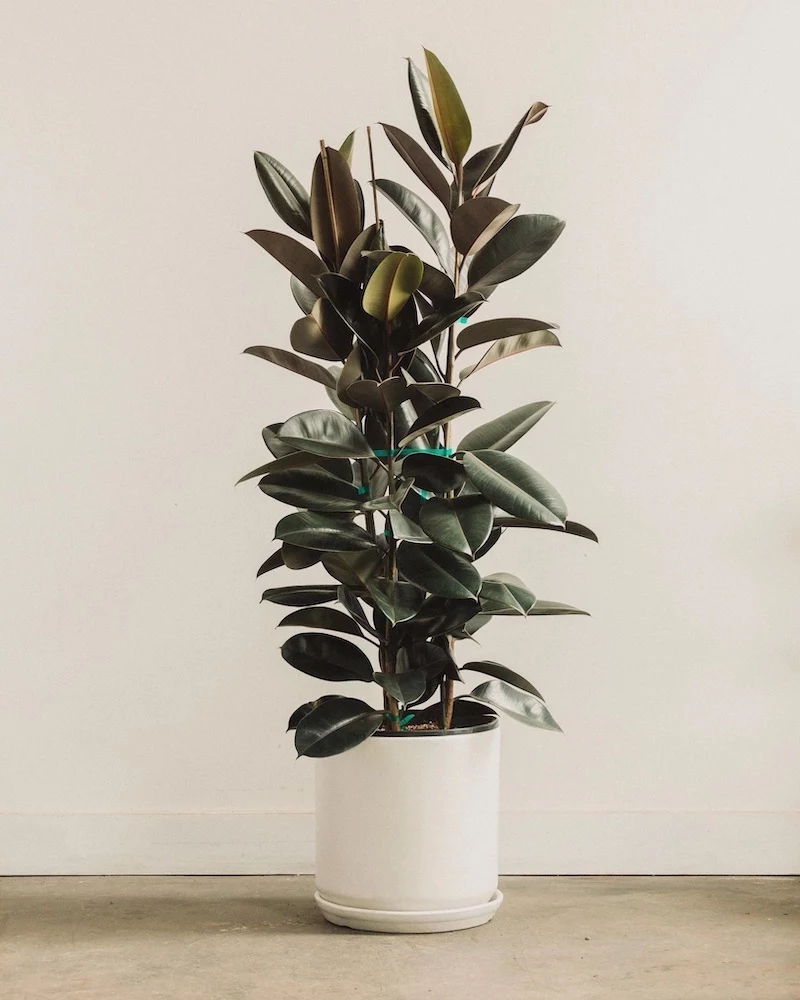
Where should I actually place my plant to attract prosperity?
According to Feng Shui principles, the southeast corner of your home or a specific room is the
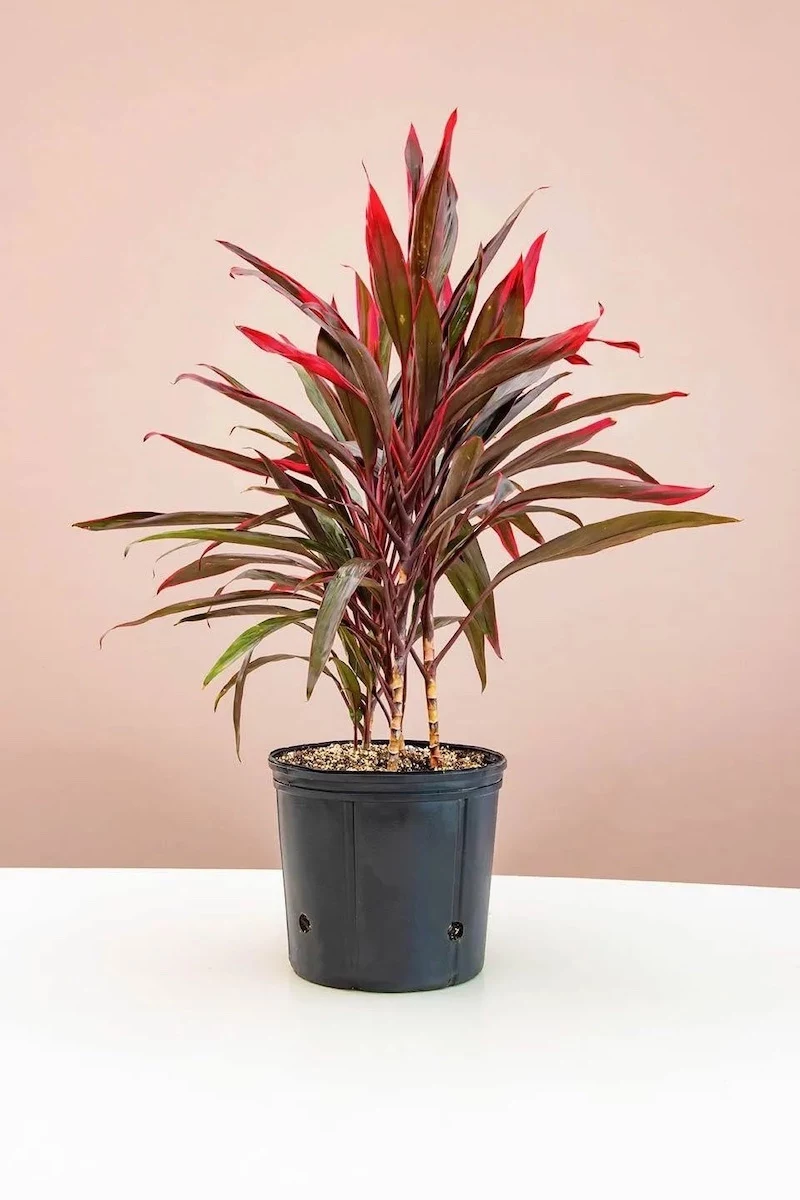
NASA’s Clean Air Study found that common houseplants, including the Snake Plant and Rubber Plant, can be effective at removing volatile organic pollutants from the air.
This means that while your plant is bringing symbolic good fortune, it’s also tangibly improving your environment. The
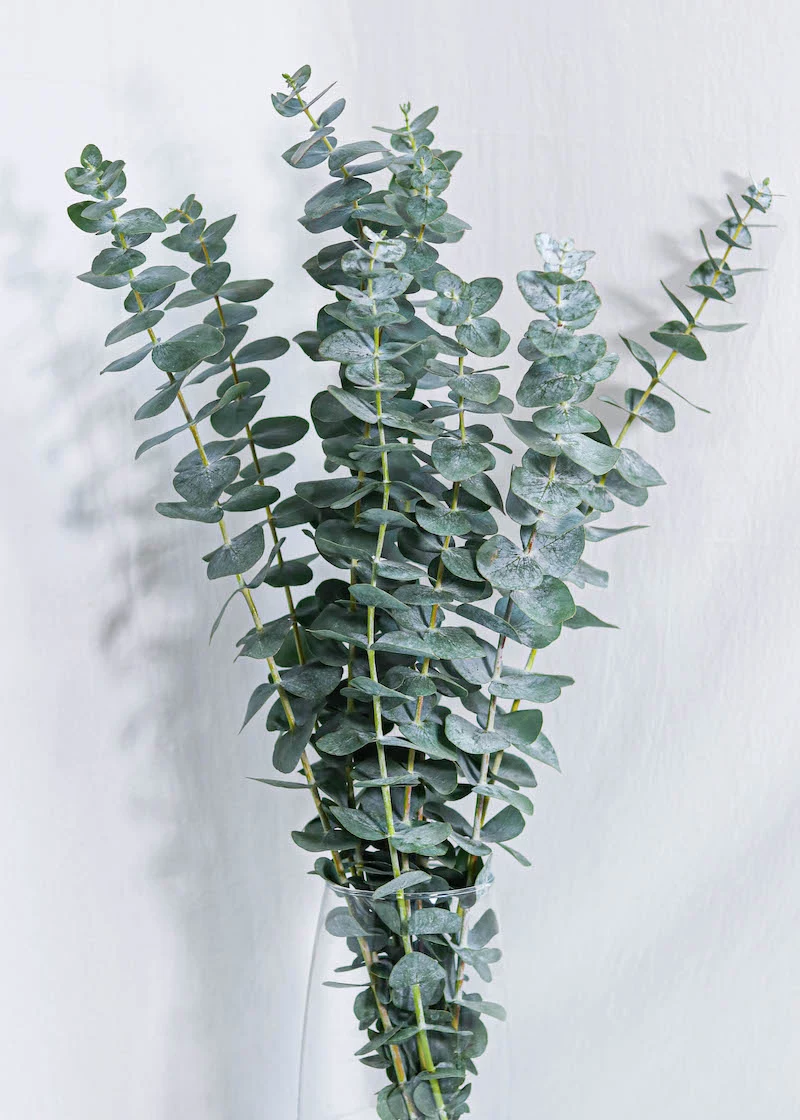
The most common mistake: Believing a weekly watering schedule is a good idea. A plant’s thirst changes with the season, light, and humidity. Instead of a rigid schedule, check the soil first! Stick your finger an inch or two deep; if it’s dry, it’s time to water. If it’s still damp, wait. This single habit will save more plants than any
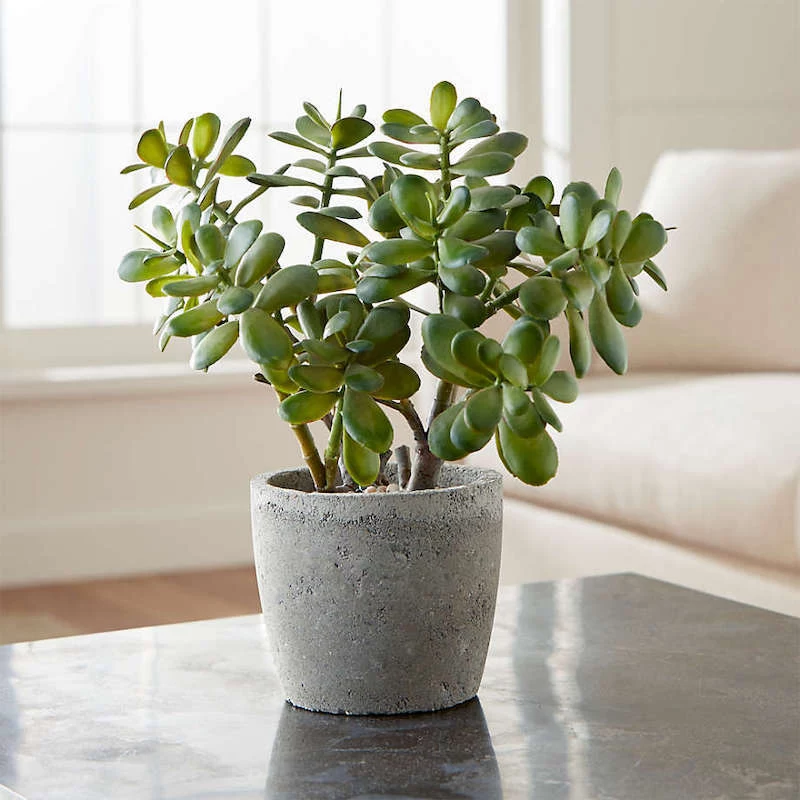
The foundation of a thriving plant isn’t just luck, it’s the soil. Good drainage is non-negotiable, as soggy roots are the fastest way to an unhappy plant. For most
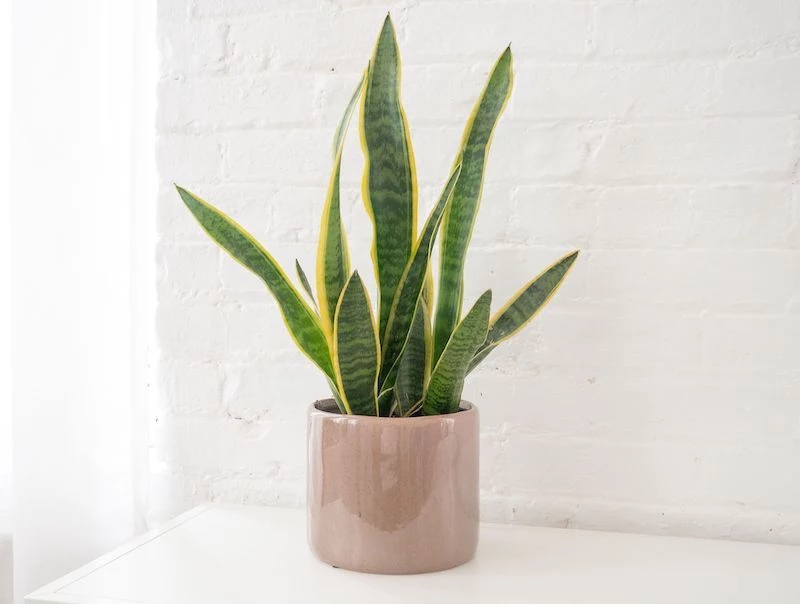
Look beyond the usual suspects and consider the vibrant energy of the Ti Plant (Cordyline fruticosa), seen in Hawaiian culture as a symbol of good fortune and protection. With its striking foliage, often in shades of deep pink, burgundy, and green, it doesn’t just bring luck—it brings a dramatic, tropical flair to any room.

Terracotta: This classic, porous clay breathes, wicking moisture away from the soil. It’s the perfect choice for succulents like the Jade Plant or a Snake Plant, which hate
- It gives your potted plant a finished, designer look.
- It helps the soil retain moisture, reducing watering frequency.
- It can discourage common pests like fungus gnats.
The simple trick? Adding a decorative top dressing. A layer of polished river stones, preserved moss, or even lightweight Leca clay pebbles can instantly elevate your plant’s appearance and health.










